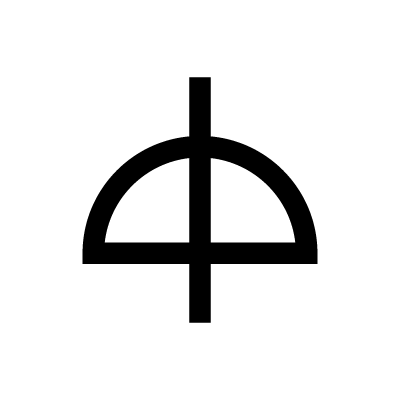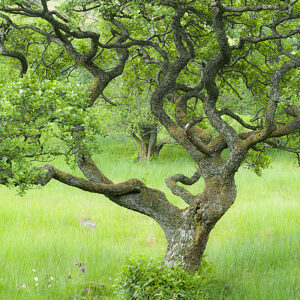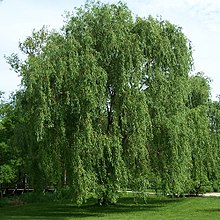
Lammas: Celebrating the Lammas festival
Lammas is a cross-quarter festival which falls around 1st August, when summer is at its height. It is the beginning of the long harvest period. ‘Lammas’ literally means ‘loaf mass’ – a celebration of the bread made from the first cutting of corn.
At this time of year it feels like summer will go on forever, but this is the first warning of the coming winter. Food must be gathered and preserved now until the last of the autumnal nuts have been collected.
Lammas was the time when women and men honoured nature. They gave thanks for the fertility of the Earth and for their own part in nature’s cycle.
The corn mother
At Lammas the feminine force of the Earth Mother was at its strongest as she united with the corn king, the sacrificial god of vegetation. The corn king was killed so that his blood could fertilise the land, while his body nourished it. Through his sacrifice the Earth mother was able to give birth to new life in the spring.
According to Pagan beliefs, as the corn is cut, the corn mother’s energy retreats into the last stand of grain. Traditionally, this sheaf is ceremonially cut and made into a corn dolly.
Lammas is often associated with Lugh, the Celtic Sun god who dies as the Sun begins to wane. He is also ‘John Barleycorn’, whose energy has gone into the grain and is cut down as a sacrifice to the fertility of the land.
The Earth Mother bitterly grieved her lover’s death and was overjoyed when he returned the following year. This became a standard theme in many love stories – the lover is lost for a time, grieved over and then returns.
Lammas in the modern world
Harvest festivals, although usually held at the very end of the harvest period, invariably include offerings of sheaves of corn and even bread made in the shape of the grain. Churches might even have corn dollies and certainly they still appear in shops and at craft fairs.
Fertile land
In ancient days, the prosperity of the tribe relied upon the fertility of the land and its people. Harvesting grain was laborious work and each grain was considered to be precious. Threshing floors had a board nailed across so none was lost and this is remembered nowadays when a couple are newly married. The husband carries his wife over the threshold.
A Sumerian love story
The theme of Lammas is echoed in Sumerian mythology in the story of the goddess Ishtar and her lover Tammuz. At harvest time Tammuz was slain and Ishtar was overcome with grief.
The goddess attempted to rescue her lover from the clutches of death in the House of Darkness, from where no one ever returned, and became imprisoned herself.
Cycle of rebirth
Earth and Heaven bemoaned Ishtar’s loss, for nothing in nature could thrive without love. A messenger was sent to rescue her and gave Ishtar the water of life. Liberated, the goddess brought Tammuz back to Earth, but he was only allowed to stay for six months. For the remaining six months of the year he had to return to the House of Darkness. Ishtar would grieve and then bring him back again.



